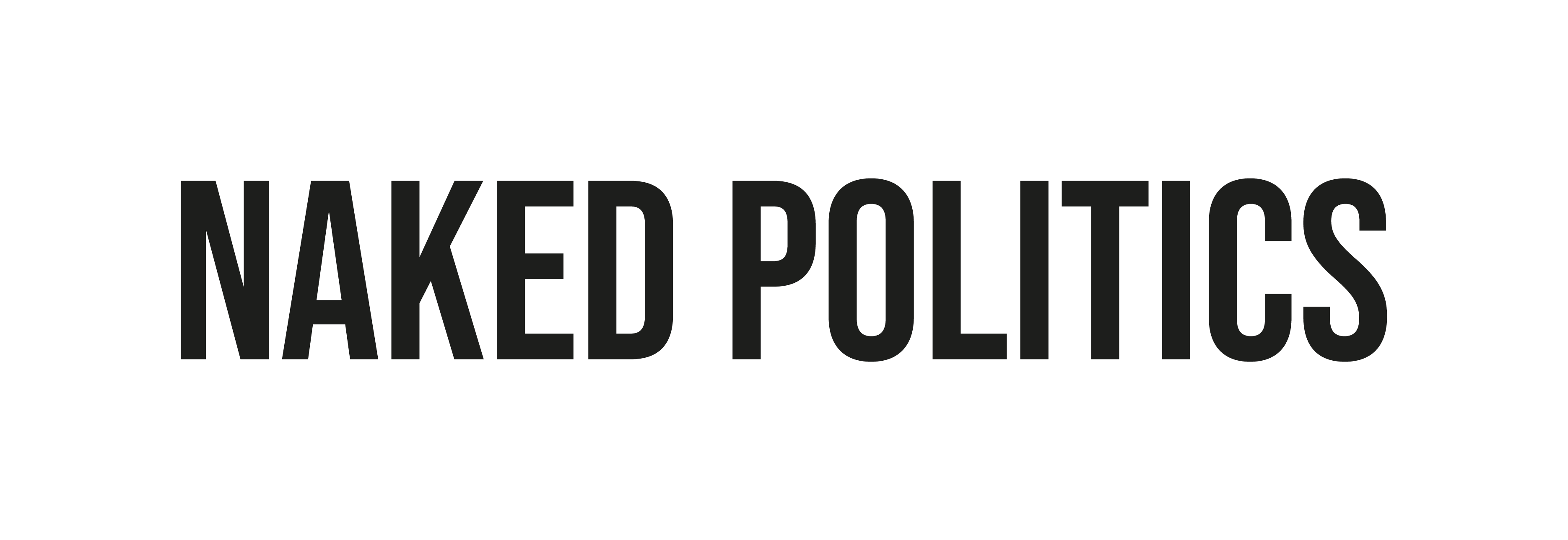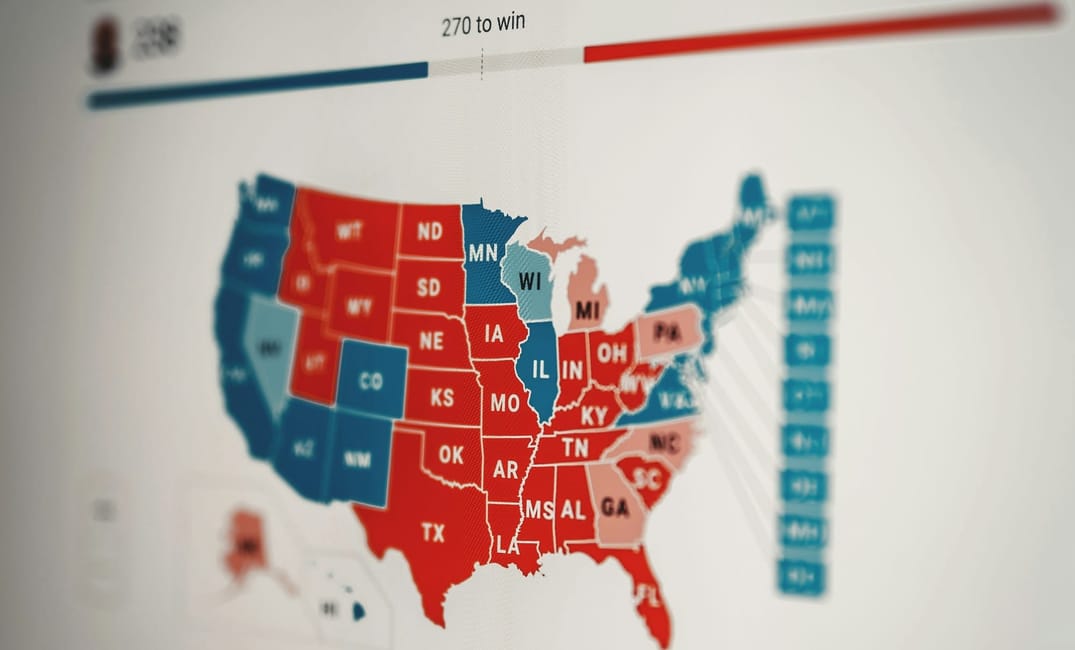Grace Couch | @GCouch99
When I asked around for questions young people had about the US election, the most common answer was ‘what the f*** is the electoral college?’. It’s a core part of how the US elects the President, and it’s important to understand how this crazy, and arguably outdated, system works and why it matters.
What is it?
Like much of the US political system, the electoral college was made as a part of the US Constitution in 1787 when the country gained independence from Britain- and it hasn’t changed since.
The electoral college idea originally reflected the practical difficulties of holding a national vote across such a large country. Americans don’t actually vote for the President directly, but for a representative of their preferred political party known as an elector. The 538 electors then vote for the President on behalf of the people in their state. At the time this was also favoured by the smaller states who were given more of a voice than they would have, had a nationwide popular vote been chosen instead.
Each state is assigned their electors based on the number of congressional districts they have (determined by their population size) plus two additional votes representing the state’s Senate seats. Washington DC is also assigned three electoral votes, despite having no voting representation in Congress. A majority of 270 of these votes is required to win the presidency.
The main impact of using electors to choose the President that generally states award all their electoral college votes to whoever won the vote in that state, rather than being allocated proportionately.
This is why presidential candidates target specific “swing states” – states where the vote could go either way – rather than trying to win over as many voters as possible across the country. For example, if a state population historically votes 80% Democrat, it is unlikely this will change enough for the republicans to get the 50% they need to win the state. There are only two states (Maine and Nebraska) which divide up their electoral college votes according to the proportion of votes each candidate receives.

What are the positives of the Electoral College system?
The main incentive of using any electoral system over simply a national popular vote is that it stops larger states having more power than small ones. Despite the flaws of swing states, candidates at least have to campaign nationally as they need to secure a wide range of states rather than simply a group of voters regardless of where they are in the country.
In most cases this is a positive as it protects minorities, but as society is changing the minorities can start to accumulate to more than the majority group.
When elections are based on the popular vote this doesn’t necessarily require meeting the 50% threshold to win. President Nixon in 1968 and President Clinton in 1992 both won the most electoral votes while receiving 43% of the popular vote. The existence of the Electoral College means they have legitimately ‘won the country’, giving the President a greater mandate.
What are the negatives of the Electoral College system?
The elections of 2000 and 2016 have demonstrated that it is possible for candidates to be the most popular nationally, but still fail to win enough states to gain 270 electoral votes. In 2000, George W Bush won with 271 electoral votes, although Democrat candidate Al Gore won the popular vote by more than half a million. In 2016, Donald Trump had almost three million fewer votes than Hillary Clinton, but won the presidency because the electoral college gave him a majority.
In an ideal world this would be ok, because we would know that the above reasons regarding the prevention of the tyranny of the majority had prevailed. However, when this coincides with other flaws in the system it simply begins to produce an inherently unpopular candidate.

Having at least 3 votes per state means that states with fewer people like North and South Dakota become overrepresented, whereas California or Texas who have the most people are underrepresented. Wyoming has one electoral vote for every 193,000 people whereas California has one electoral vote per 718,000.
Professor George Edwards III, at Texas A&M University, said: “The electoral college violates the core tenet of democracy, that all votes count equally and allows the candidate finishing second to win the election. Why hold an election if we do not care who received the most votes?’

Will Trump lose the popular vote but win the Electoral College vote again?
We know that Hilary Clinton won the popular vote in 2016, but it was the small margins in a handful of key swing states that lost her the Presidency.
With the risk of history repeating itself, Joe Biden is on track to win California by the largest margin for a Democratic presidential candidate in the state’s history. But this by no means secures his victory. With the presidency in the hands of a few crucial battlegrounds, where has Biden been focusing his efforts this year?
2020 seems to be shaking the system up in unprecedented ways. Traditionally ‘safe’ states may be swinging the opposite way and turning the polls on their heads. It has been reported that Texas (historically conservative and hasn’t voted Democratic since 1976) has moved to ‘toss up’ in the NBC News analysis of states in the run up to Tuesday’s vote. One reason for this is the uptake of early and postal voting in light of the Coronavirus pandemic. Last week, Texas had already reached almost 60 percent of its turnout from four years ago. More ballots have already been cast in Texas than were cast in that state for Donald Trump alone in 2016. And that’s just Texas: around 30 per cent of the total number of votes in the 2016 election have already been cast. Georgia, Iowa and Ohio are three other states won by Trump in 2016 that are rated as toss-ups by NBC.
Assumptions could be made that with Trump claiming postal voting to be ‘rigged’, those who have been voting early may be leaning closer to Biden. Those avoiding busy polling centres on election day may also be those more cautious about the transmission of Covid-19, another indicator they are likely to be voting Democrat. This is backed up by the finding that in states that report party registration of voters, 52 percent of votes have been cast by Democrats. But we can’t say for sure that all of those votes will be for Joe Biden, the same we don’t know that Trump supporters won’t help him on the day.
What we do know is that turnout is looking to be considerably higher than it has been in recent elections and will definitely be putting the Electoral College to the test.
Thanks for reading our article! We know young people’s opinions matter and really appreciate everyone who reads us.
Give us a follow on Instagram, Twitter and Facebook to stay up to date with what young people think.

